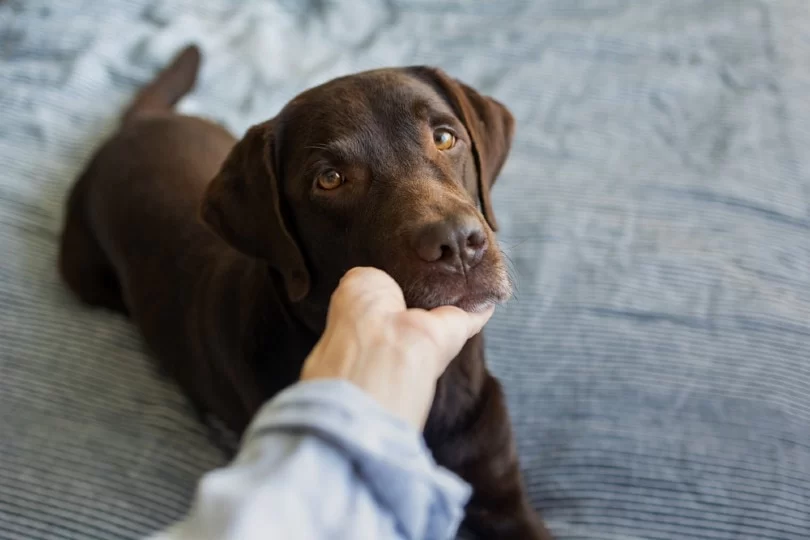- Understanding Dog Fear of Sounds
- Causes of Sound Anxiety in Dogs
- Step-by-Step Training Methods to Reduce Fear
- Real-Life Success Stories in Sound Anxiety Training
- Additional Resources and Professional Help
1. Understanding Dog Fear of Sounds
Dogs can develop fear of certain sounds due to their sensitive hearing and instinctual responses to potential threats. This fear often manifests as trembling, barking, hiding, or destructive behavior when exposed to noises like thunderstorms, fireworks, or loud household appliances. Understanding this fear is the foundation for training a dog to stop being afraid of certain sounds.
Unlike humans, dogs experience sounds with heightened intensity, making some noises overwhelming or frightening. Recognizing that these reactions are natural rather than simply disobedient behavior helps pet owners approach training with patience and empathy.
1.1 How Dogs Perceive Sound
Dogs hear frequencies beyond human capability, and sudden or loud noises can trigger an instinctual fight-or-flight response. This biological wiring means that when your dog shows fear toward certain sounds, it’s a survival mechanism rather than a choice. Acknowledging this perspective shifts the training focus toward gradual desensitization and reassurance.
2. Causes of Sound Anxiety in Dogs
Several factors contribute to a dog’s fear of sounds. Genetics, early life experiences, and traumatic events all play a role. Some breeds are naturally more sensitive to noise, while a lack of exposure to varied sounds during puppyhood can increase anxiety later.
2.1 Traumatic Associations
If a dog associates a particular sound with a painful or scary event, this can lead to lasting anxiety. For example, a dog startled by a loud thunderclap during a storm may develop a lasting fear of thunder or storms in general.
2.2 Environmental and Social Influences
Sudden changes in environment, such as moving to a noisy urban area, or lack of socialization can heighten sound sensitivity. These external factors often exacerbate sound-related fears and make training more challenging without proper strategies.
3. Step-by-Step Training Methods to Reduce Fear
Training a dog to stop being afraid of certain sounds involves a structured approach, combining desensitization and counter-conditioning. Here is a detailed breakdown of effective techniques:
3.1 Controlled Sound Exposure
Begin by exposing your dog to the feared sound at a very low volume in a safe environment. The goal is to introduce the sound without triggering fear. Gradually increase the volume over days or weeks, monitoring your dog’s comfort level and providing positive reinforcement throughout.
3.2 Positive Reinforcement and Counter-Conditioning
Pair the exposure to the sound with something your dog loves, such as treats or playtime. This helps your dog associate the sound with positive experiences instead of fear. Over time, this changes your dog’s emotional response to the noise.
3.3 Creating a Safe Space
Provide your dog with a designated “safe zone” during sound training. This could be a cozy crate or quiet room where your dog feels secure. Encouraging your dog to retreat to this space during exposure helps reduce anxiety and builds confidence.
3.4 Consistency and Patience
Progress may be slow, and setbacks can occur. Consistency in training sessions and patience with your dog’s pace are crucial. Avoid forcing your dog to confront sounds at full intensity prematurely, as this may worsen fear.
4. Real-Life Success Stories in Sound Anxiety Training
At Hidden Brook Veterinary, many dog owners have shared inspiring stories of overcoming sound anxiety through dedicated training. One notable case involved Max, a German Shepherd terrified of fireworks. Using a gradual desensitization protocol combined with counter-conditioning, Max’s anxiety diminished significantly over three months, allowing him to remain calm during celebrations.
Another story is of Luna, a small terrier who feared vacuum noises. Through carefully controlled sound exposure and positive reinforcement, Luna learned to accept the vacuum’s presence without panic. These examples highlight how individualized, compassionate training transforms fearful dogs into confident companions.
4.1 The Role of Professional Guidance
Professional trainers and veterinary behaviorists play a critical role in developing tailored training plans. At Hidden Brook Veterinary, experts provide personalized assessments and recommend products and techniques that complement home training efforts, increasing the likelihood of success.
5. Additional Resources and Professional Help
While home training is effective for many, some dogs may require additional support. Hidden Brook Veterinary offers consultations, behavior modification programs, and anxiety relief products specifically designed for dogs struggling with noise fears.
Using calming aids such as pheromone diffusers or specially formulated supplements, combined with professional behavioral therapy, can accelerate progress and improve your dog’s overall wellbeing.
Training a dog to stop being afraid of certain sounds demands time, dedication, and empathy, but the rewards are profound. With the right approach, your dog can learn to face once-frightening noises with calm and confidence, enriching your shared life together.











